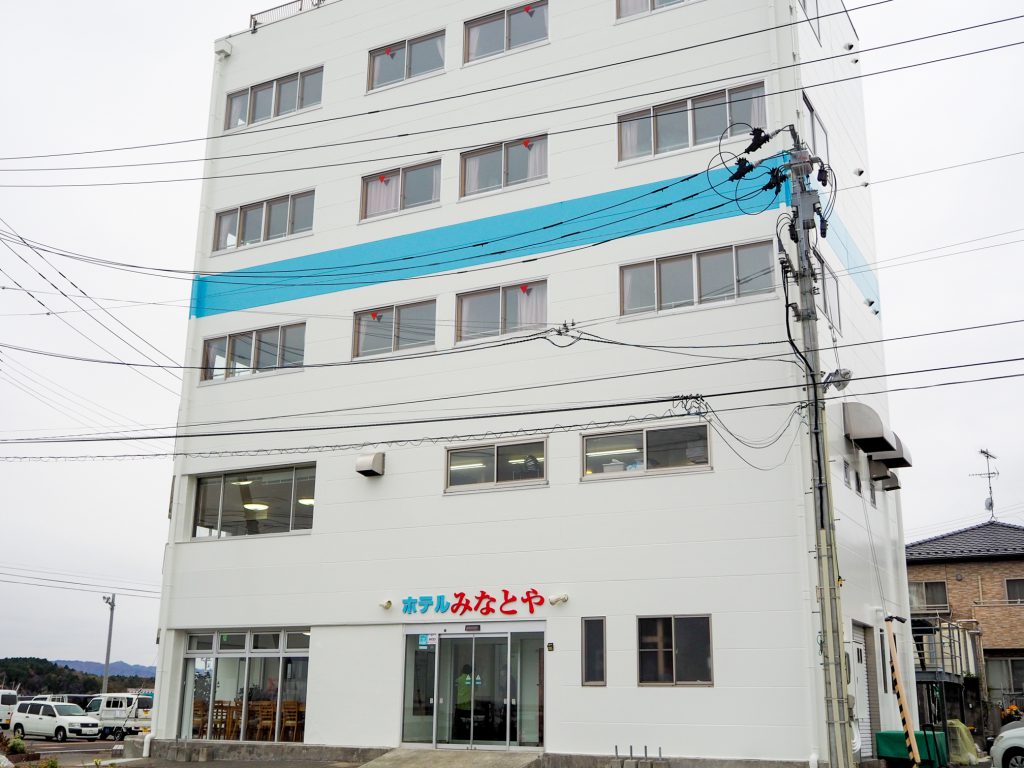Enjoy the full flavor of thick Joban-mono flounder!
2023.02.01

The flounder, known as a premium fish, is a representative of white-fleshed fish species that are in season from late fall to winter. While resembling a flatfish, it has a much larger mouth and sharper teeth. The flounder is a predatory fish that feeds mainly on live prey such as sardines, mackerel, squid and crustaceans. Fukushima is one of the leading flounder-producing regions in Japan, with catches year-round. Flounder from the nutrient-rich waters of Joban is fat and highly prized on the market. It is also certified as a “Fukushima Prefecture Brand Certified Product” and is a familiar fish to locals.
Soma’s “Flounder Feast Plan”
You can enjoy Joban-mono flounder to the fullest with the “Soma Haragama’s Whole Natural Flounder Feast” accommodation plan offered by guesthouses in Matsukawaura, Soma City. With this plan, guests can enjoy the flounder dishes prepared by the chefs of each of the guesthouses. The menu varies from guesthouse to guesthouse, but each offers up to 10 creatively prepared flounder dishes.
At Hotel Minatoya, which offers this plan, we spoke with the head chef, Yoshimasa Kanno, about flounder.
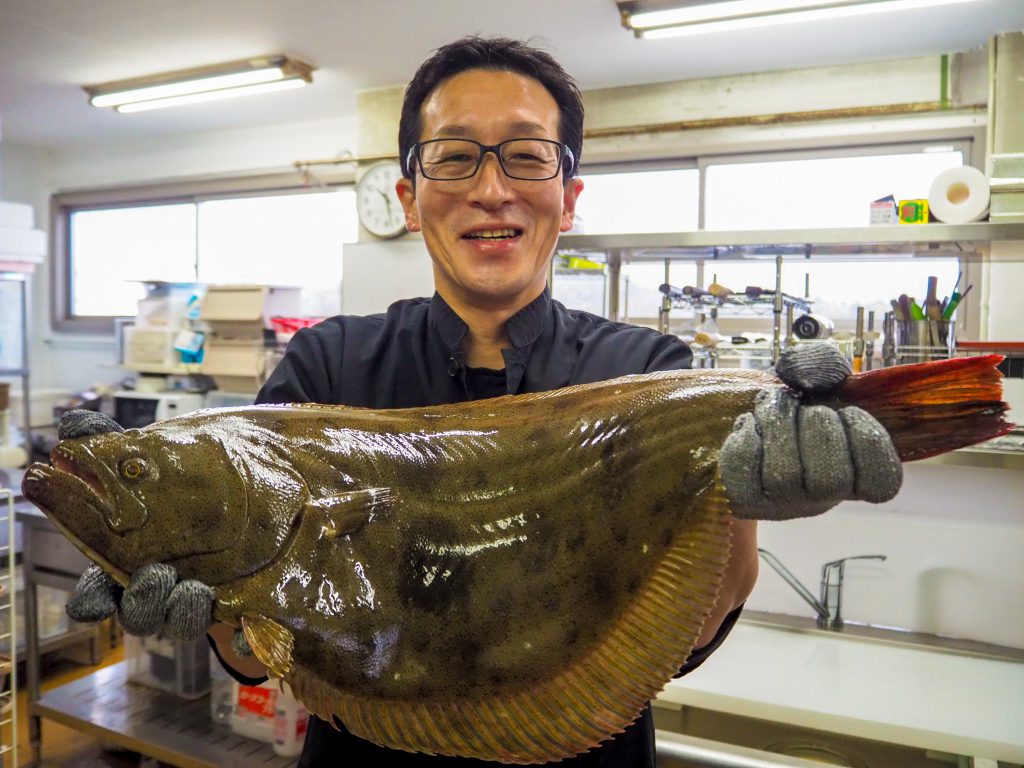
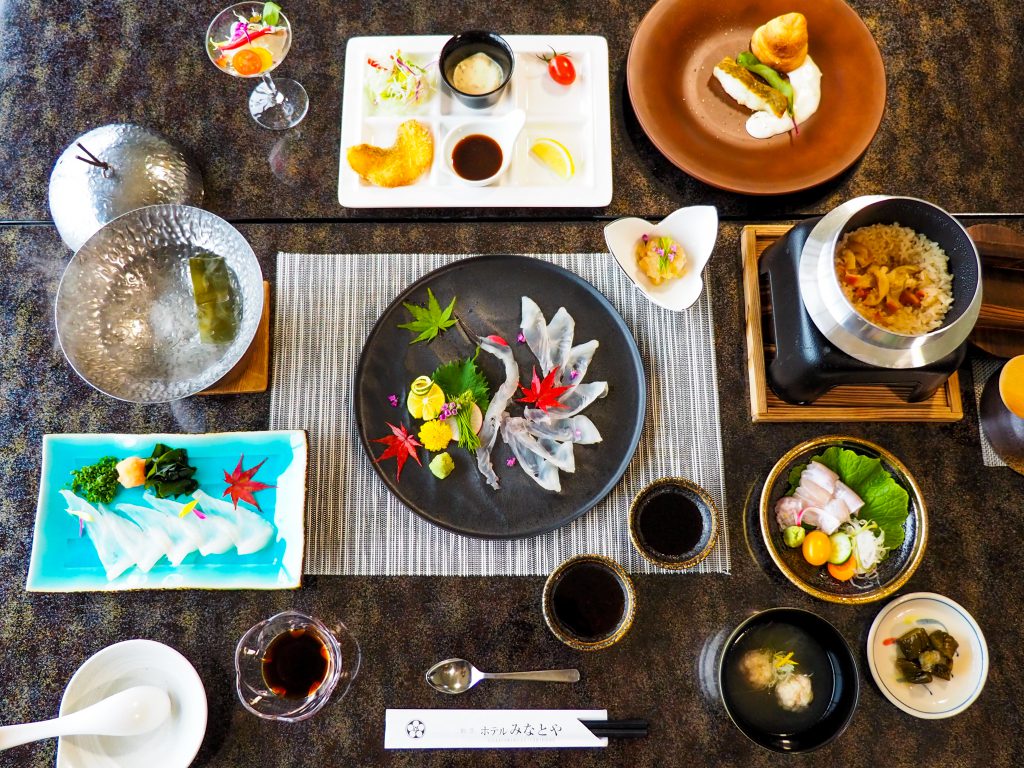
According to Kanno-san, Joban-mono flounders are “high in umami and have a thick flesh”. The flounders becomes delicious because they eat good food such as small fish that have grown up in the nutrient-rich sea. While they are tasty all year-round, they become particularly thick and fatty from December to February.
The texture of the flounder varies greatly depending on how long it has been matured. Freshly caught flounder has such a firm texture that it’s difficult to cut with a knife, but after a day or two of maturing it becomes more tender. According to Kanno-san, the key to delicious founder sashimi is aging. This process enhances the flounder’s chewy, sticky texture and umami flavor.
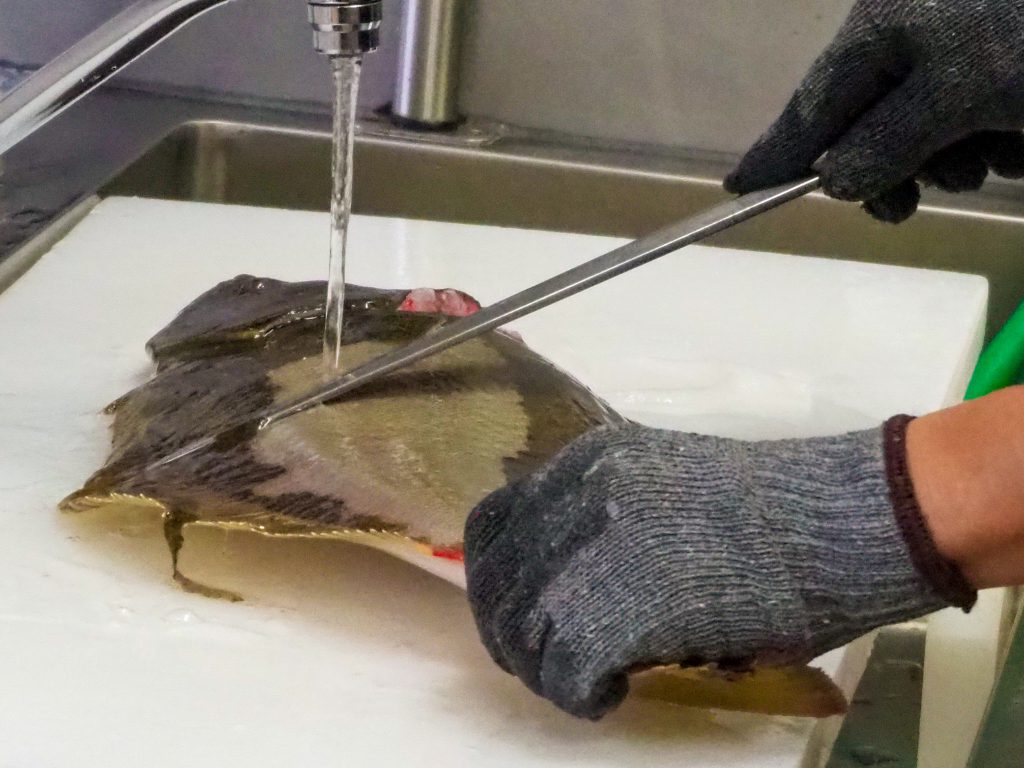
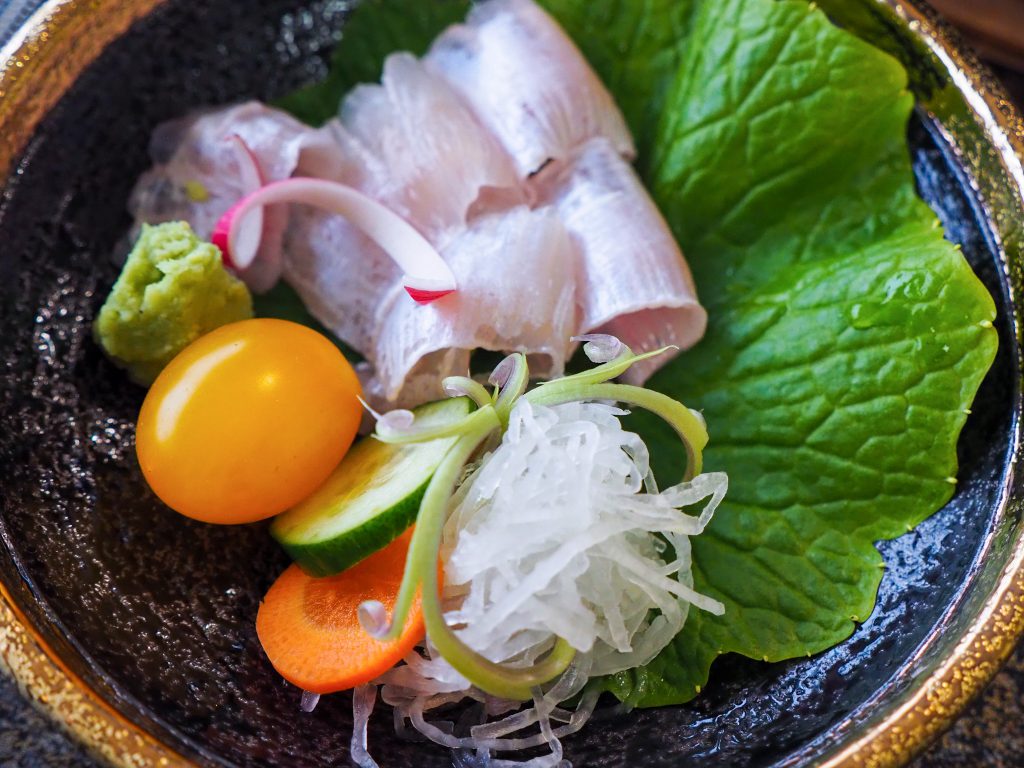
At Hotel Minatoya, the Flounder Feast Plan includes a variety of dishes such as sashimi, shabu-shabu, meunière and fried flounder, allowing guests to enjoy this fish in a variety of ways. This is a luxurious plan that has been carefully designed to allow you to fully appreciate the appeal of flounder. As flounder is a prized local catch, the desire to eat flounder deliciously has led to the development of various cooking methods.
Makanai-meshi (staff meals) taught by fishermen
“The Flounder Feast Plan” began around the winter of 2020. It was conceived by accommodation proprietors who wanted their guests to enjoy delicious winter flounder.
According to Kanno-san, the desire to work together to revitalize the area grew even stronger after the Great East Japan Earthquake. Not only the nearby guesthouses and hotels, but also the fishermen and local people began to work closely together. In recent years, these connections have become stronger, creating a system where people work together to think about and promote ways to revitalize the local area.
In fact, Minatoya’s Flounder Feast Plan was made possible with the cooperation of fishermen whom Kanno-san is close to. Some of the menu items were inspired by the recipes for makanai-meshi (staff meals) that fishermen eat onboard boats. Kanno-san says that fishermen know cooking methods that chefs wouldn’t even think of.
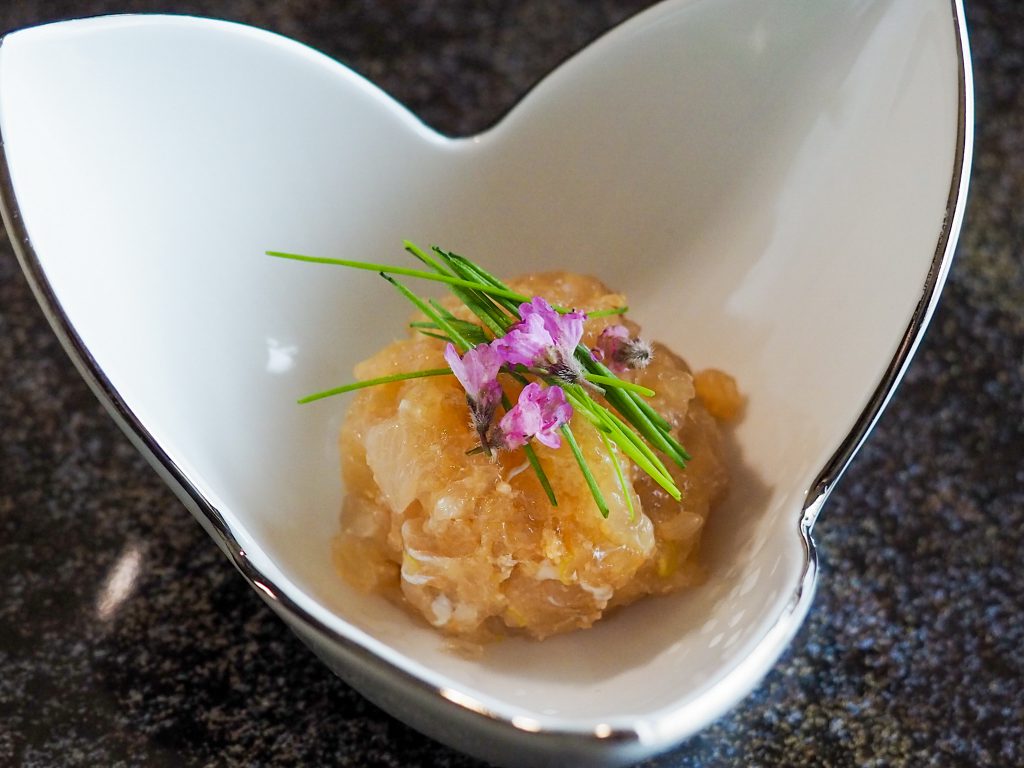
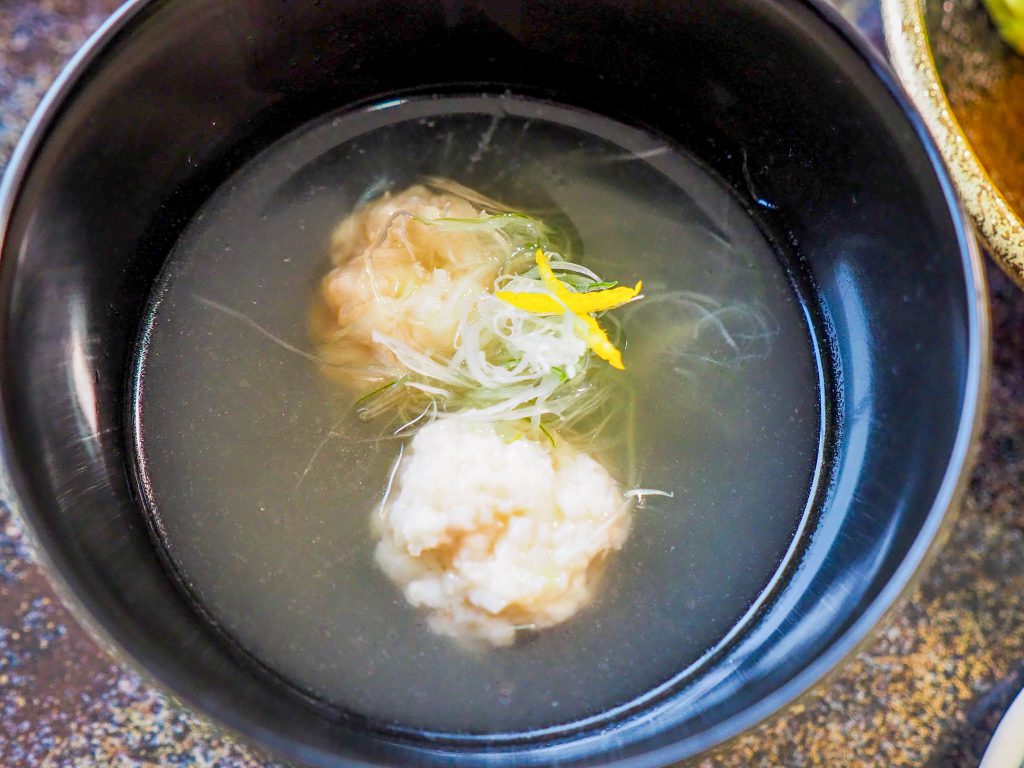
In addition, Kanno-san is committed to using “proud local ingredients from Soma” beyond just fish. They also use soy sauce and wasabi made in Soma.
Usually, wasabi is grown hydroponically in cool mountain streams, but Soma wasabi is grown in soil in a greenhouse using unique cultivation techniques. Named “Soma Wasabi” as a new local specialty, it is also gaining attention as an accompaniment to Joban-mono seafood.
When asked about his future outlook, Kanno-san said, “I want to find ways to revitalize the local area and attract many visitors”. He expressed his hope to “preserve local treasures for the future” by encouraging links and collaboration between accommodation providers to revitalize the community.
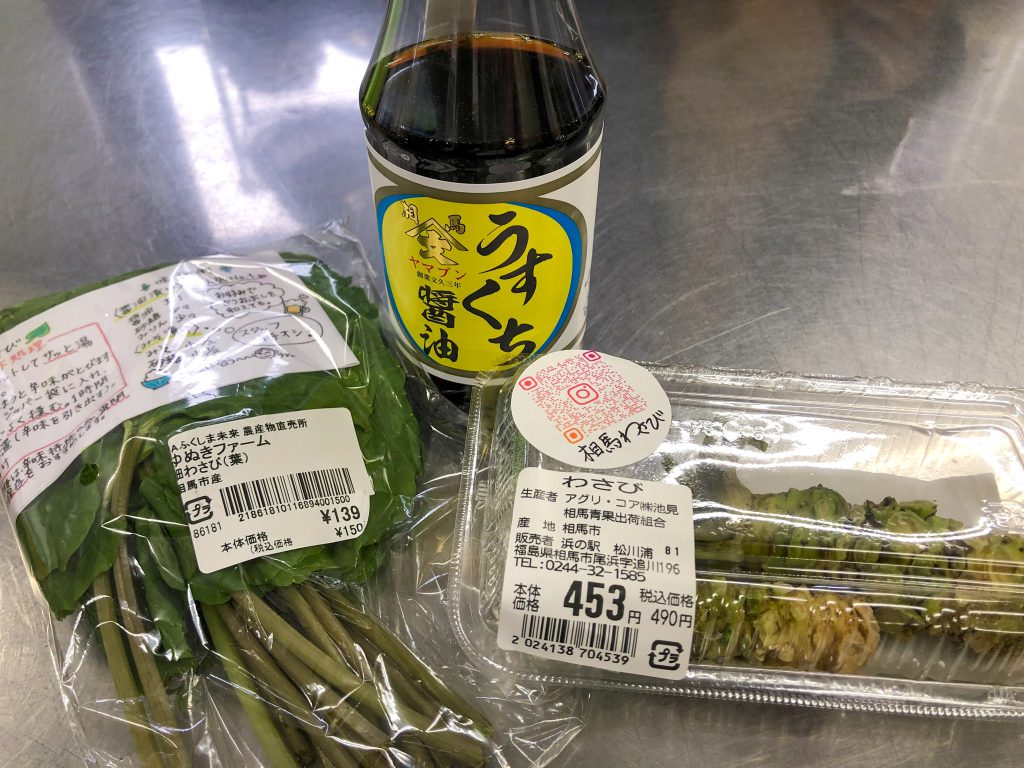
●Hotel Minatoya
Address:137 Oikawa, Obama, Soma City, Fukushima Prefecture
Tel:0244-38-8115
